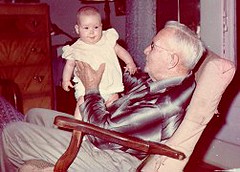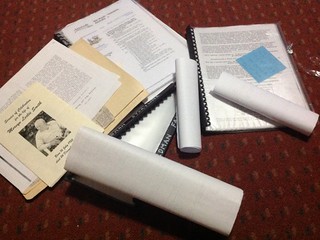
![]() Photo Credit: Katherine H via Compfight
Photo Credit: Katherine H via Compfight
Our second lecture this week was on the value of using maps in family history. I am very inquisitive regarding where my ancestors came from, so am always using Google Earth to pinpoint locations. As mentioned in the notes though, there can be some problems with place names and locations in the 21st century compared to those in the 19th century and further back.
This lecture was by Imogen Wegman who is a PhD candidate at UTas and is a landscape historian. Here are my notes.
Who do you believe?
- The records or family knowledge or heirlooms
- Using a map might help prove, disprove the information you have gathered
Place names
- sometimes towns straddle borders
- often change or move counties
- often spelt phonetically until 1850’s
- remember dialects or accents might change sound of name – use this British Library site to help with these
- important to use map of the time period you are searching
- also check landowners in lots of locations
Boundaries
- often change – parishes, regions, counties
- current English counties established since 1974
- since 19th century, maps are more consistent and reliable
- during war, borders change, eg what was Poland might now be Belarus
Looking for maps
When searching on internet, use keywords such as
- historical maps county name
- digitized maps county name
- also check for enclosure (landowners names) and tithe maps
- UK – ordnance survey map – National Library of Scotland
Places to find maps online – this list copied from the course Map Collections page – thanks to Imogen
For Australian searching
Land Information Systems Tasmania (LIST) Map
NSW: Historical Land Records Viewer
Queensland: Mapping Research and History
Northern Territory: Historic Map Index
Western Australia: Maps Online
(None are known for the Australian Capital Territory.)
University of Melbourne Map Collection – Geographic Links
This is a collection of Australian and international links.
United Kingdom and Ireland
National Library of Scotland (including England Ordnance Survey)
The Irish Ancestral Research Association: Maps
My Readers: Are there any other map collections you know of that might be useful for family historians? Maybe American or European collections?
If possible include the URL in your comment and I will then add to this post as a link for others to use.

